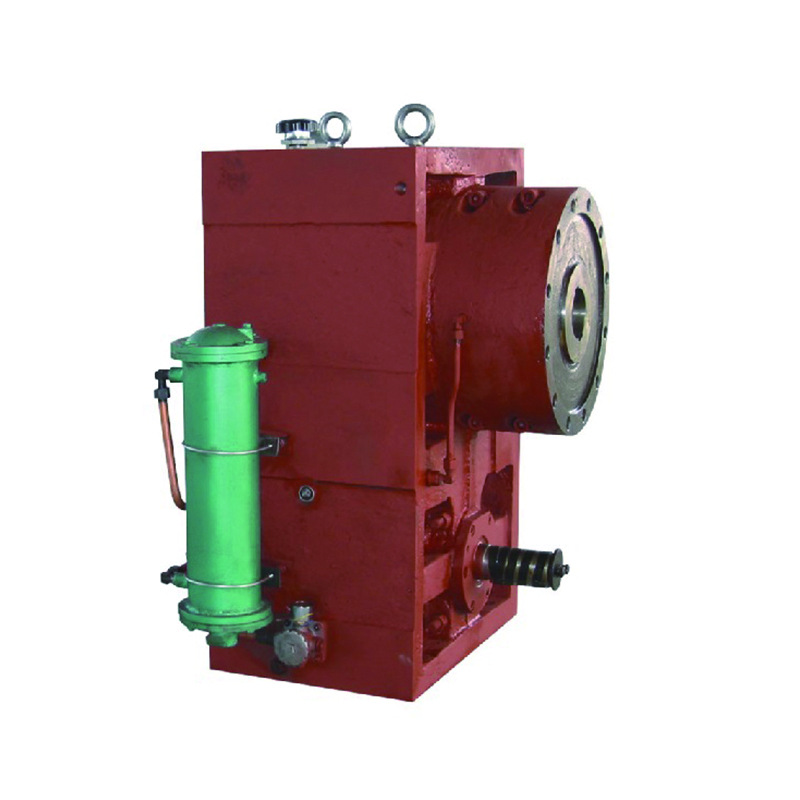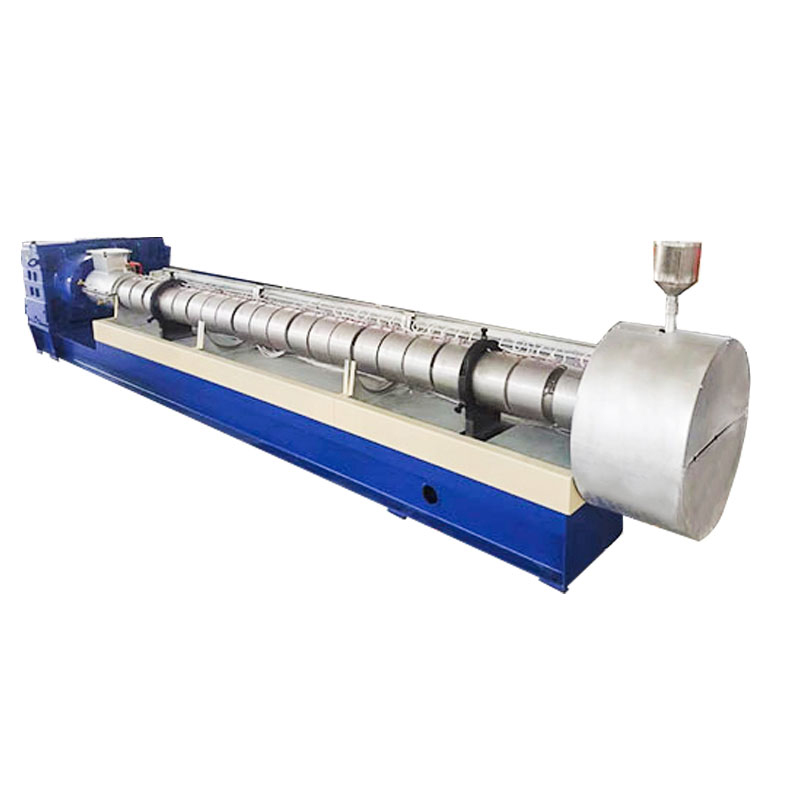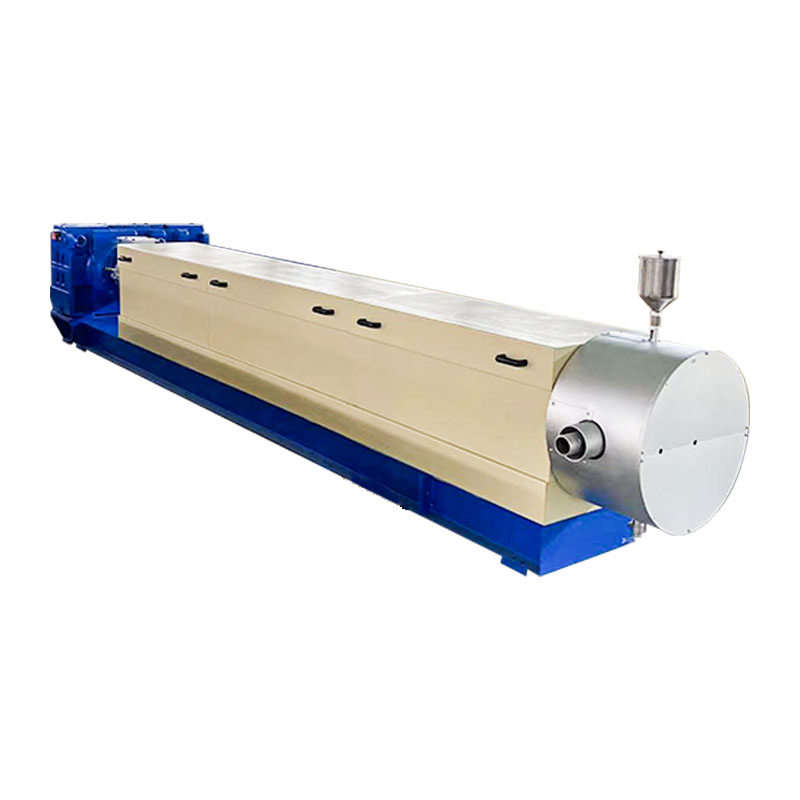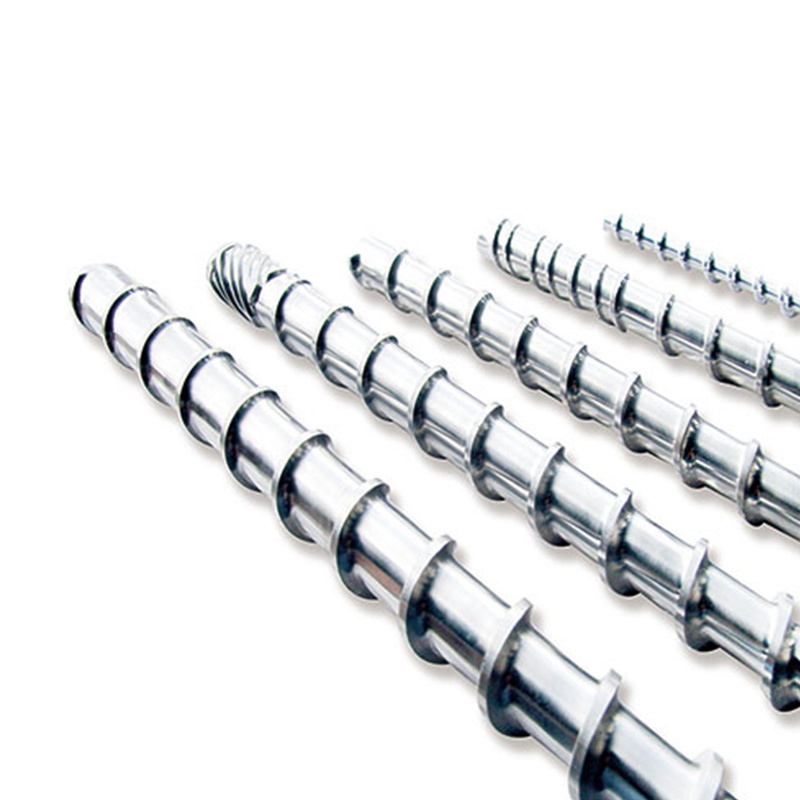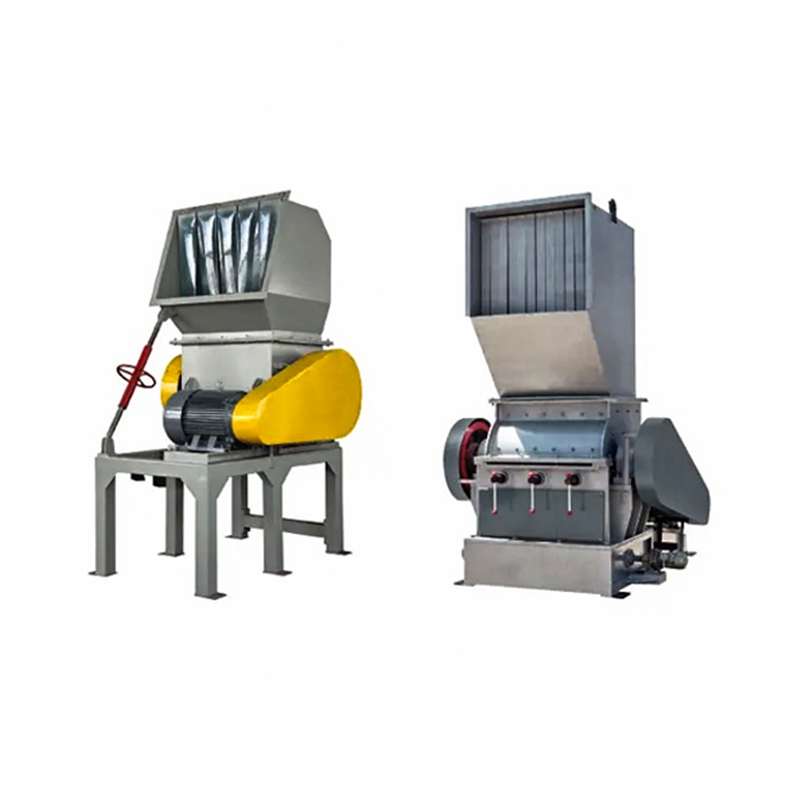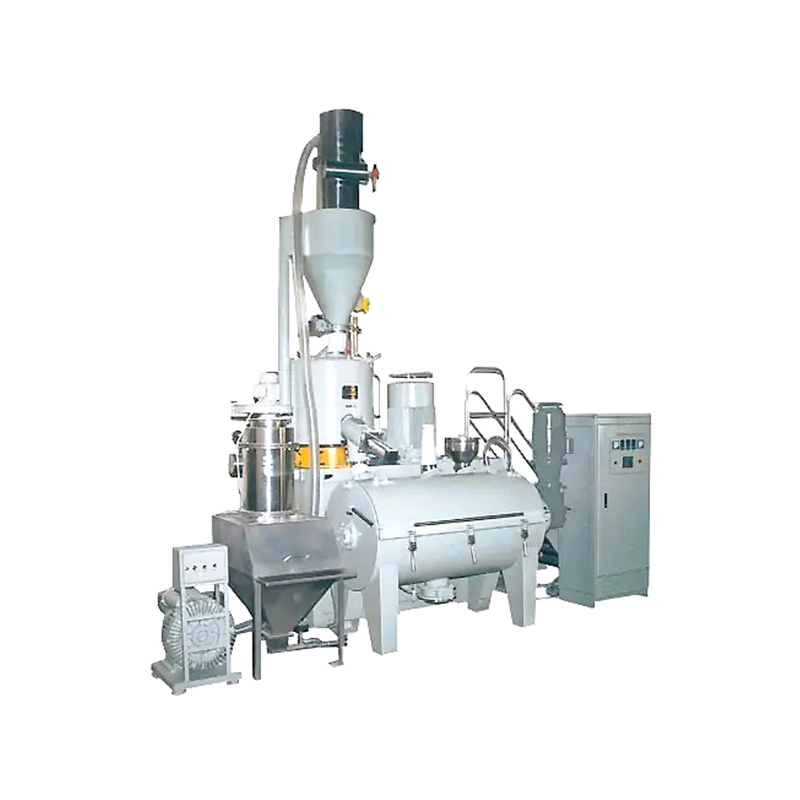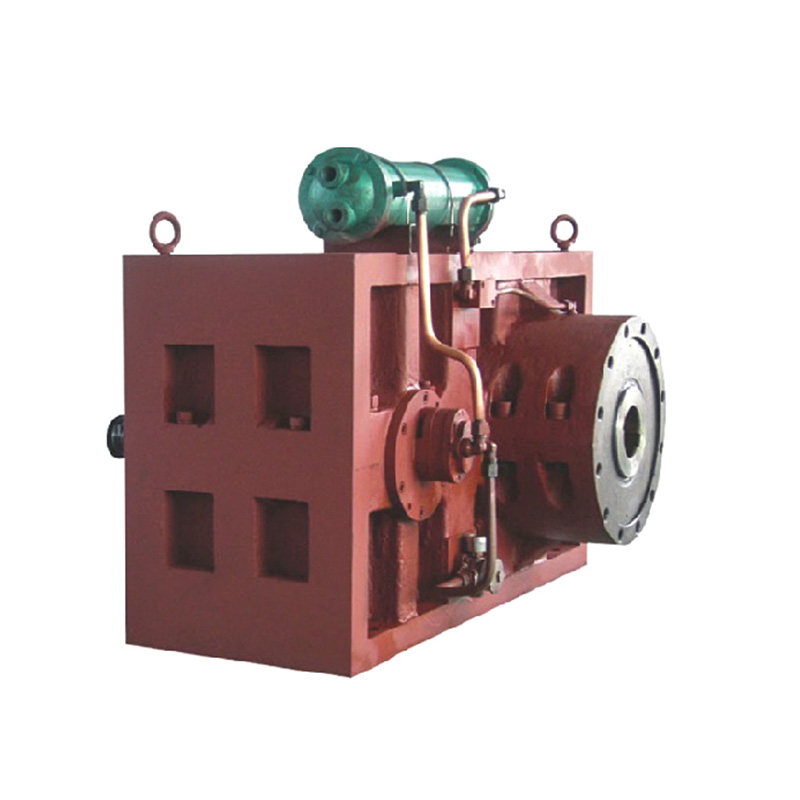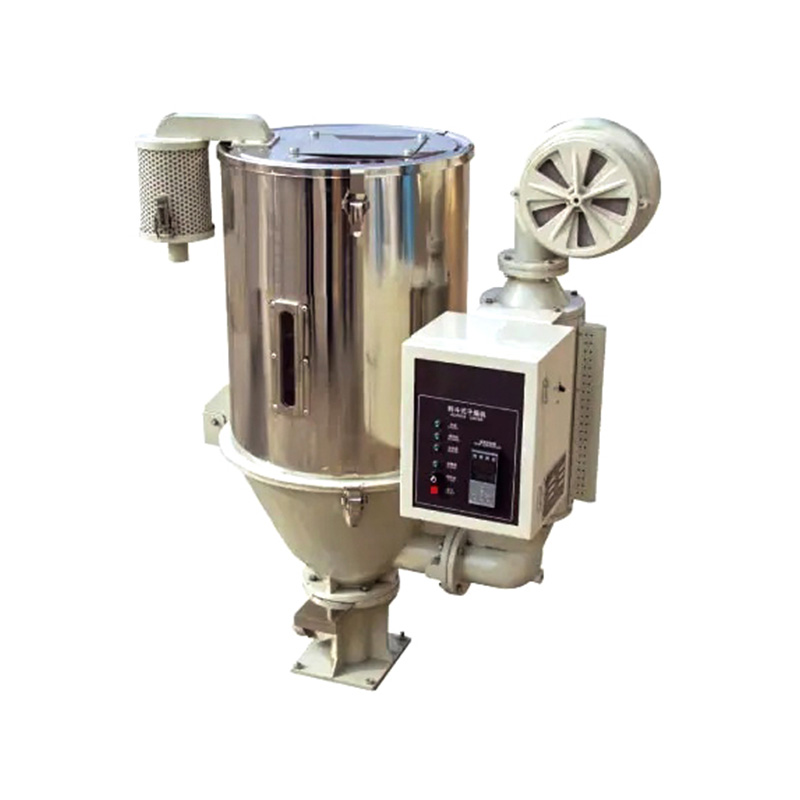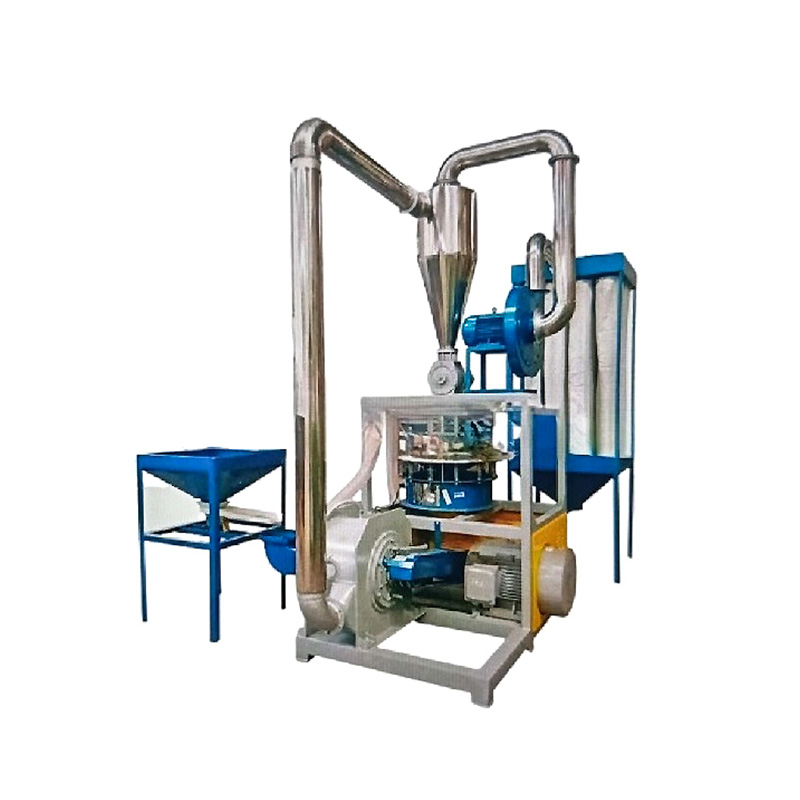The design of the internal surface of a screw barrel for extrusion machine, often found in extrusion machinery used for plastic processing, rubber production, and food processing, is a complex task that involves several critical factors. Here are some of the main considerations in designing the internal surface of the screw barrel:
Material Flow: The internal surface must be designed to efficiently guide and compress the material as it passes through the barrel. This involves understanding the rheological properties of the material and how it behaves under pressure and shear forces.
Wear Resistance: The internal surface is subject to abrasion from the rotating screw and the material itself. Therefore, it must be made of a material that can withstand high friction and wear over time.
Heat Transfer: Temperature control is crucial in many extrusion processes. The internal surface of the screw barrel should facilitate efficient heat transfer, allowing for precise temperature control along the length of the barrel.
Surface Finish: The smoothness of the internal surface affects material flow and friction. A smooth finish can reduce resistance and improve flow, while a textured or grooved surface may be used to create specific flow patterns or mixing effects.
Corrosion Resistance: Depending on the materials processed, the internal surface may need to be corrosion-resistant to avoid degradation over time.
Pressure Containment: The design must account for the high pressures that can develop within the barrel, ensuring that the internal surface can withstand these forces without deformation or failure.
Ease of Cleaning and Maintenance: The internal surface should be designed to facilitate cleaning and maintenance operations, such as removing residue or replacing worn-out parts.
Manufacturing Considerations: The design must also take into account the manufacturing processes used to create the screw barrel, ensuring that the internal surface can be accurately and efficiently produced.
Overall, the design of the internal surface of a screw barrel is a multidisciplinary task that requires a deep understanding of material science, fluid dynamics, thermodynamics, and manufacturing processes. It often involves iterative design processes and testing to optimize performance and durability.

Web Menu
Product Search
Exit Menu
Industry News
Home / News / Industry News / What factors are considered in designing the internal surface of the screw barrel?
Product Categories
What factors are considered in designing the internal surface of the screw barrel?
Recommended Products
CONTACT US AND GET A QUOTE
PRIORITY TO LEARN ABOUT OUR NEW PRODUCTS
PRIORITY TO LEARN ABOUT OUR NEW PRODUCTS
CONTACT INFO
Copyright©2023 Zhejiang Dowell Machinery Co.,Ltd. All Rights Reserved. Plastic Extrusion Machinery Manufacturers Plastic Screw Barrel Suppliers


 عربى
عربى
